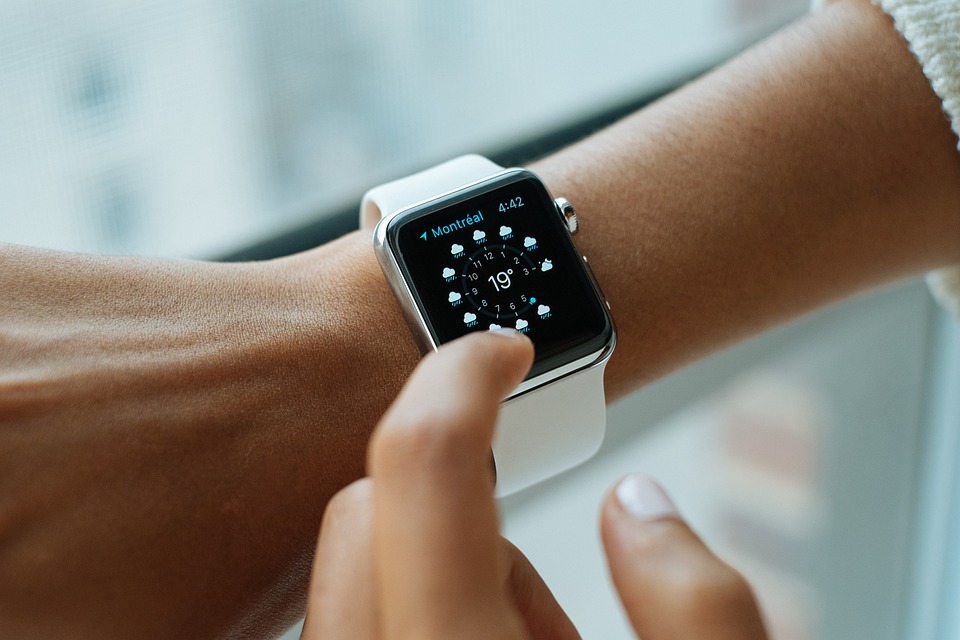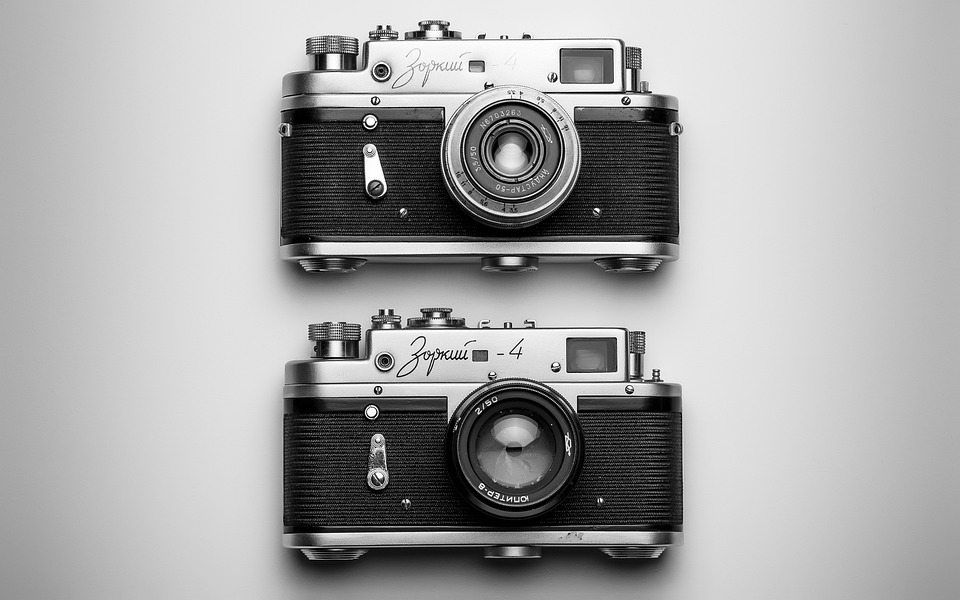
Design technology is a rapidly growing field that is transforming the world of design creation and interaction. With new techniques such as 3D printing, virtual reality, and augmented reality, designers have more options than ever to develop high-impact designs for diverse applications.
3D printing is becoming increasingly popular as it enables designers to bring digital designs into the physical realm. With this technology, it is possible to manufacture prototypes, models, and finished products with faster turnaround times and greater efficiency. The manufacturing industry, in particular, is embracing 3D printing as it offers accelerated production rates.
Another design technology that is gaining traction is virtual reality. Virtual reality creates immersive environments that can be leveraged in various ways. Designers are utilizing this technology to invent interactive experiences for consumers, as well as to develop engaging training simulations.
Augmented reality is also gaining momentum in design technology. This approach permits designers to superimpose virtual objects onto the real world. For example, augmented reality can provide consumers with extra information about a product or service, or designers can use it to craft interactive experiences.
Design technology is further enhancing user interface design to create more user-friendly designs. This technology aids in developing intuitive interfaces that are effortless to use, making it easier for consumers to engage with a product or service. Designers can also use this technology to deliver immersive experiences that captivate users.
The impact of design technology is profound as it revolutionizes the way designers create and interact with designs. Thanks to innovations such as 3D printing, virtual reality, and augmented reality, designers have access to a broad range of tools and techniques that can be leveraged in various applications. As this technology continues to develop, it will become even more dynamic and consequential for designers.




